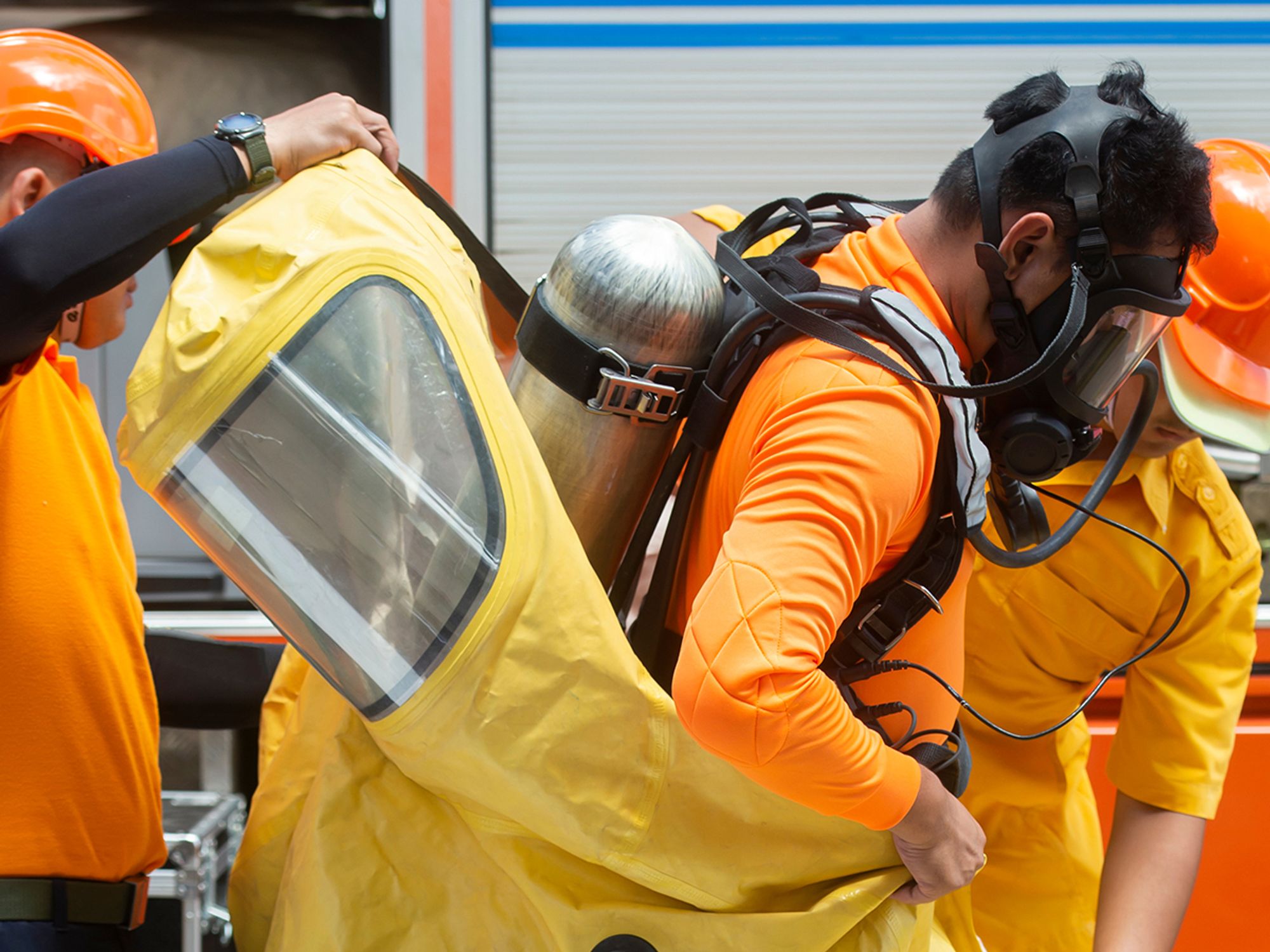Personal protective equipment and clothing

- PPE and CPC are an important defense for employees working with hazardous substances, but they have limitations and can pose their own hazards as well.
An important defense for employees working with a hazardous substance is the personal protective equipment (PPE) and chemical protective clothing (CPC) they wear. Being overexposed to chemicals may cause severe illness and injury including death. PPE and CPC are designed to help shield, isolate, or otherwise protect employees from chemical, physical, and biological hazards when engineering and work practice controls alone are not protective enough.
Whenever engineering controls and work practices are not feasible or not required, paragraph (g) of 1910.120 and 1926.65 says that any reasonable combination of engineering controls, work practices, and PPE shall be used to reduce and maintain employee exposures to or below the permissible exposure limits or dose limits.
However, protective equipment and clothing have their limits. They can also pose hazards such as heat stress and impaired vision. That’s why it’s extremely important for employees to be well informed and able to analyze which PPE and CPC would be best in a situation.
